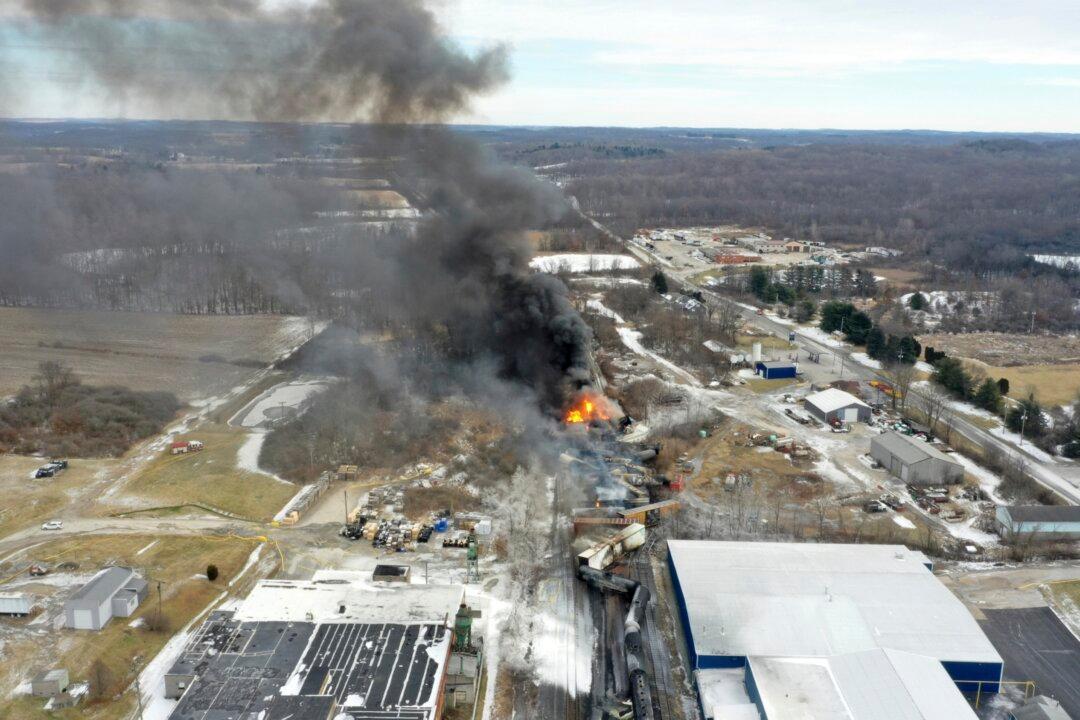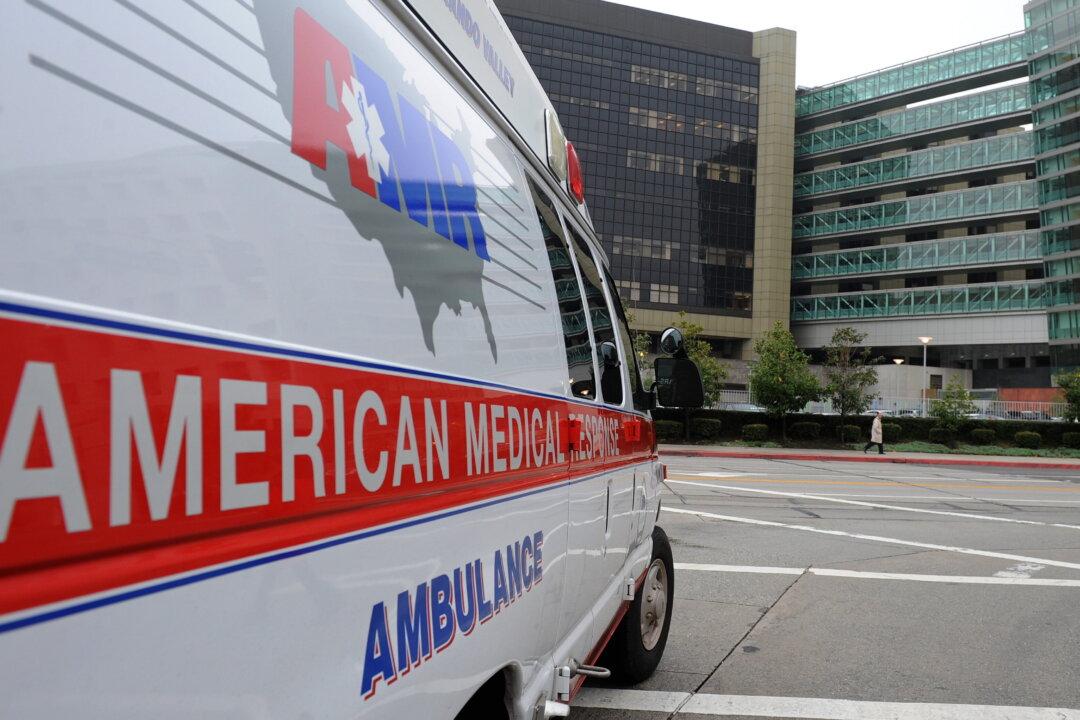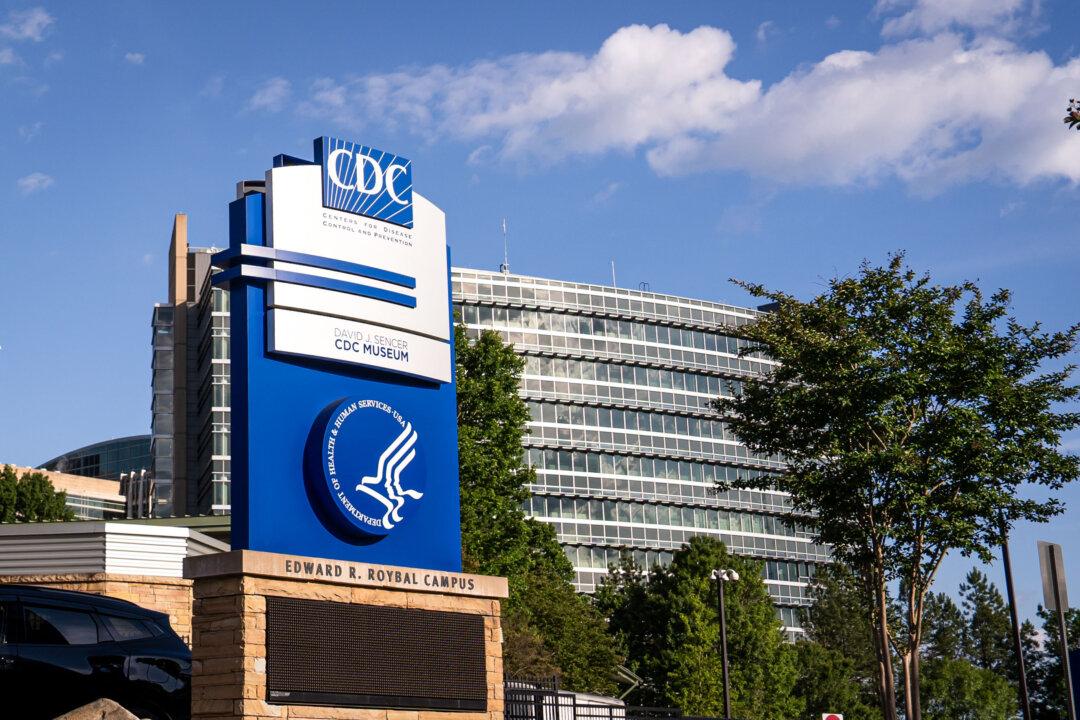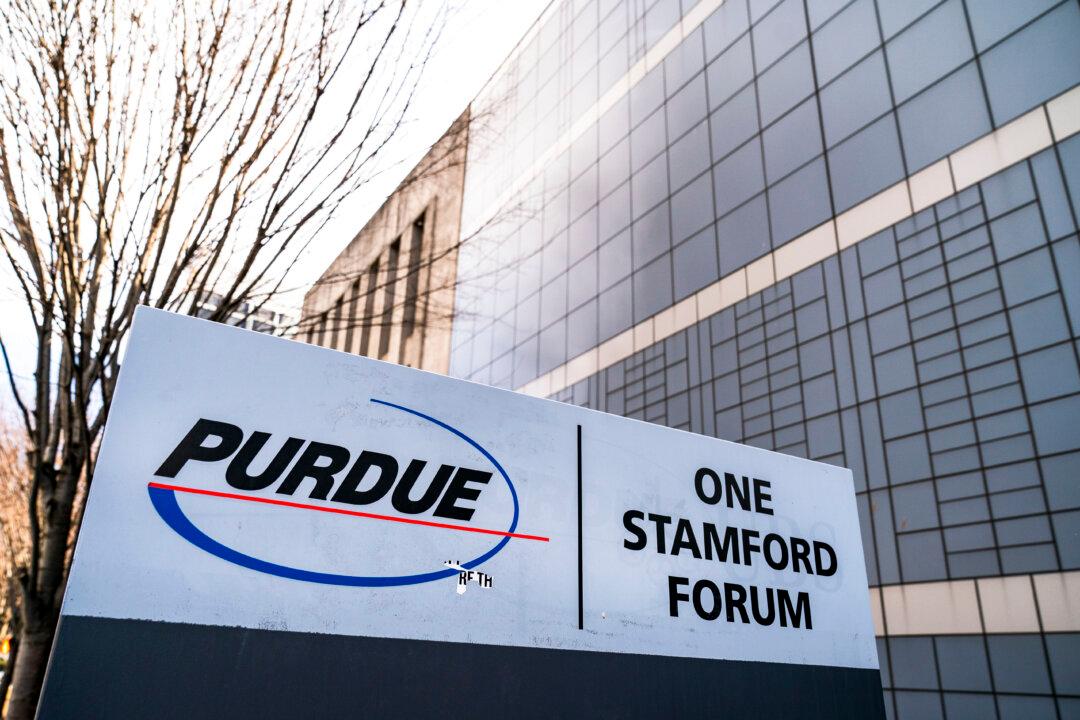Railroad companies must provide first responders with information about hazardous materials being transported in case of accidents, such as the one in New Palestine, Ohio, in 2023, under a new federal regulation finalized on June 24.
The U.S. Department of Transportation’s (DOT) Pipeline and Hazardous Materials Safety Administration (PHMSA) finalized the rule that directs the railroad company to disclose “real-time, electronic information about rail hazmat shipments to the primary Public Safety Answering Point,” which includes resources such as 911 and the AskRail app, launched in 2014, which first responders use to access information on hazardous materials being carried on rail cars.





